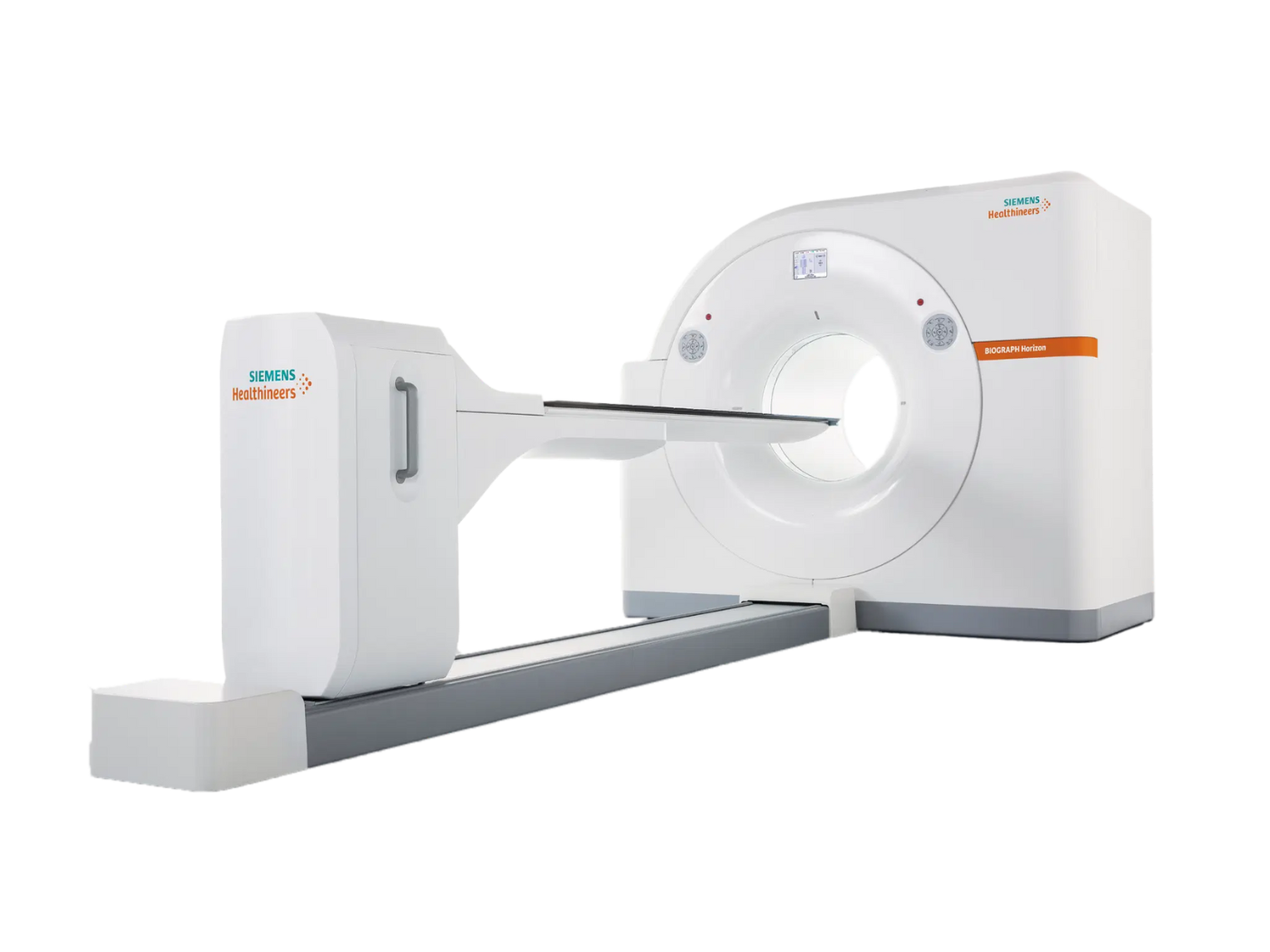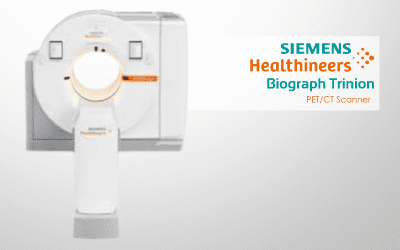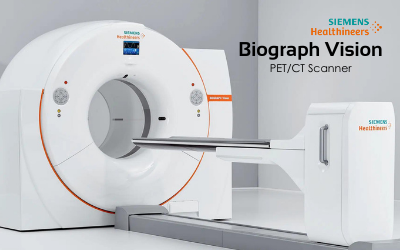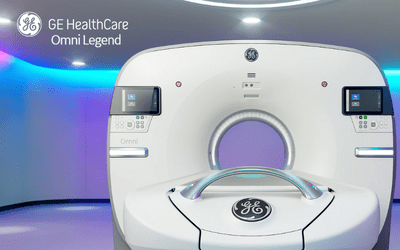PET/CT
Shared Imaging delivers advanced PET/CT technology solutions to healthcare facilities. These systems combine anatomical and molecular imaging for precise detection, we ensure a precise fit for your clinical needs while optimizing patient insights.

Why Bring PET/CT to Your Facility with Shared Imaging
Advanced diagnostic tools like PET/CT are essential for early detection, staging, and monitoring of serious conditions such as cancer and cardiovascular disease. However, establishing or expanding PET/CT services often involves high capital investment, staffing challenges, and logistical hurdles.
THAT’S WHERE SHARED IMAGING COMES IN
We offer custom mobile PET/CT solutions—featuring industry-leading systems from OEMs like Siemens and GE—without the need for permanent facility build-outs. Our full-service approach includes logistics, staffing, compliance, and maintenance, so your team can stay focused on patient care while we handle the rest.
With over 40 years of experience and a flexible nationwide fleet, Shared Imaging helps you:
- Launch or grow your PET/CT program without capital expense
- Serve multiple locations or rural areas on a rotating schedule
- Pilot new imaging services with minimal operational disruption
- Rely on expert support and proactive coach management
“We were in a time crunch for a mobile PET/CT and working with Shared allowed us to meet the short window to secure a unit.”
Whether you’re facing a time-sensitive need, testing market demand, or expanding access across your network, Shared Imaging is ready to help you deliver cutting-edge diagnostic imaging quickly and efficiently.
Let’s talk about how we can support your goals with the right PET/CT solution—when and where you need it.



